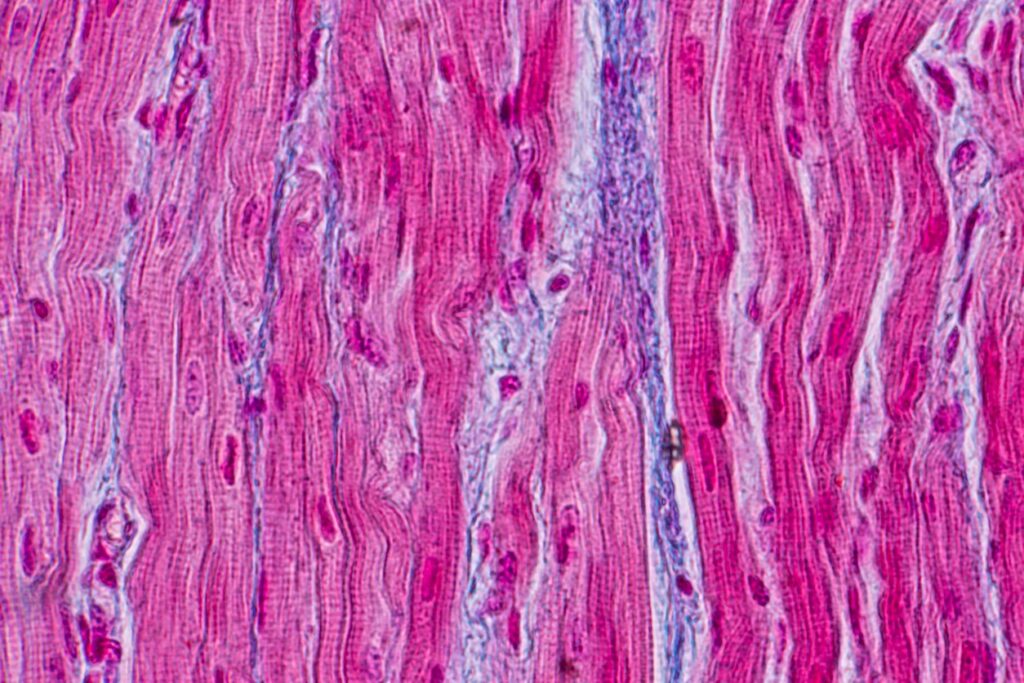Peptide Blog
All articles and shared info are for educational purposes only.
Latest Peptide Articles
BPC-157 & TB-500 Blend’s Protective Potential in Various Cell Cultures
BPC-157 is a fully synthetic peptide consisting of 15 amino acids, classifying it as a pentadecapeptide. Also known as L 14736, PL-10, and Bepecin, this molecule has garnered scientific interest for its potential to interact with intracellular signaling pathways, possibly influencing mechanisms involved in tissue repair and regeneration. Studies suggest that it may promote angiogenesis—the...
Pinealon Peptide: Implications for Neuroprotection, Cellular Aging Mechanisms
Pinealon is a synthetic tripeptide composed of the amino acids L-glutamic acid, L-aspartic acid, and L-arginine (Glu-Asp-Arg)1. It is categorized as a peptide bioregulator because it has been hypothesized to interact directly with cellular DNA and influence gene expression, a property not commonly observed in peptide compounds. Research has associated Pinealon with a range of...
Semaglutide Peptide: Hunger Hormone Signaling Regulation
Semaglutide is a synthetic analog of the glucagon-like peptide-1 (GLP-1), an endogenous hormone consisting of 30 amino acids. The primary role of GLP-1 appears to support insulin secretion, lower blood glucose levels, and preserve pancreatic beta cells by stimulating insulin gene transcription. Additionally, it has been posited to delay gastric emptying, leading to appetite suppression....
AOD 9604 Research Into Fat Cell Metabolism and Lipolysis
AOD 9604 is described as a synthetic peptide derived from the C-terminal portion of the native growth hormone (GH). It is specifically derived from the last 15 amino acids (residues 177–191) of GH, with an additional tyrosine residue attached at the N-terminus, making it a peptide composed of 16 amino acids. Moreover, the AOD 9604...
Cardiogen Peptide: Studies on Cardiac Tissues and Cancerous Cells
Cardiogen (H-Ala-Glu-Asp-Arg-OH) is a short peptide classified as a bioregulator, primarily recognized for its potential influence on fibroblasts—cells responsible for tissue repair and scar formation. While initial research focused on its possible implications within the context of cardiovascular diseases, recent research suggests that Cardiogen's action may extend beyond the cardiovascular system, indicating potential implications in...
Matrixyl Peptide: Potential Impacts on Cellular Aging and Wound Repair
Matrixyl, chemically recognized as palmitoyl pentapeptide-3 (later renamed palmitoyl pentapeptide-4), is a synthetic lipopeptide composed of a fatty acid conjugated to a short chain of amino acids. Containing 5 amino acids (Lys-Thr-Thr-Lys-Ser-OH or KTTKS-OH), this peptide has a fatty acid portion that is speculated to support its lipid solubility, thereby potentially supporting ability to penetrate...
Lipopeptide Research in Skin Cells and Extracellular Matrix Components
Lipopeptide (aka Palmitoyl hexapeptide-12 or Pal-VGVAPG) is a synthetic peptide derived from a fragment of the protein called elastin. Specifically, its peptide sequence is repeated several times in various forms of elastin, including tropoelastin. The peptide comprises a chain that includes the amino acids valine, glycine, alanine, proline, and glycine in the following sequence: valine-glycine-valine-alanine-proline-glycine...
Kisspeptin-10 Peptide: Neuroprotection, Hormonal and Reproductive Regulation
Kisspeptin-10, an endogenously occurring peptide, is derived from the KISS1 gene. The original 145-amino acid polypeptide undergoes proteolytic cleavage to yield a smaller peptide comprised of 54 amino acids. This 54-amino acid peptide is further processed into Kisspeptin 45-54, commonly referred to as Kisspeptin-10. The KISS1 gene has been identified as a potential suppressor of...
Vialox Peptide: Neuromuscular Transmission and Skin Wrinkle Reduction
Vialox, also known as Pentapeptide-3v, is a synthetic peptide characterized by the amino acid sequence GPRPA. This molecule is posited to function through the inhibition of neuronal nicotinic acetylcholine receptors located within the postsynaptic membrane of muscle cells. These receptors are deemed responsible for the transmission of signals from nerve cells to muscle cells, which...









